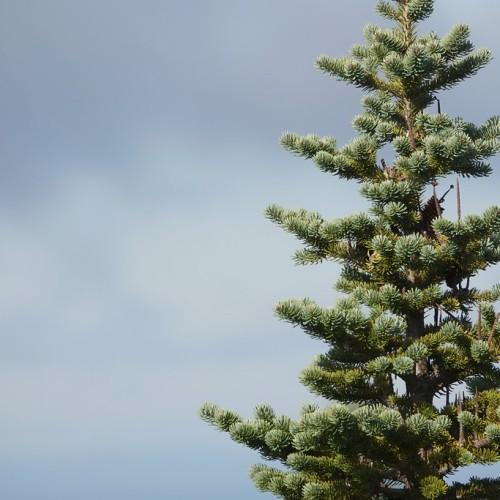
balsam fir
Abies balsamea
Also Known As - Canada Balsam,Eastern Fir,Bracted Balsam Fir,Blister Fir,White Fir,Eastern Fir,Bracted Balsam Fir,Blister Fir,White FirCycle:
Perennial
Watering:
Average
Hardiness Zone:
3 - 6
Flowers:
Flowers
Sun:
full sun
Soil:
Sandy Loamy
Cones:
Yes
Leaf:
Yes
Growth Rate:
Low
Maintenance:
Moderate
Care Level:
Medium
watering
Water Balsam Fir regularly and deeply. Make sure the soil is moist at all times, but not soggy. Balsam Firs require regular water until they become established. During the first year, they should be watered at least once a week. After that, they should be watered in periods of drought, or once every 2 to 4 weeks. Make sure to water the root zone, which is usually 6-18 inches (15-45 cm) deep.
sunlight
Balsam fir (Abies balsamea) is native to the Northeastern US and Eastern Canada and prefers to grow in full sun. Depending on the specific location, it typically receives 6-8 hours of direct sunlight per day throughout the growing season. In some areas where the growing season is shorter, sunlight exposure may be lower. In addition, it is important to note that balsam fir can tolerate light shade, but it will not grow into a full, mature tree unless it is exposed to full sunlight.
pruning
Pruning balsam fir (Abies balsamea) should generally occur in late winter or very early spring, before the new growth has begun. Pruning should be done with a sharp, sterile pruning tool. Care should be taken to not prune too much; only remove dead, diseased, or damaged branches, or those that cross and rub against one another. Never cut more than 1/3 of the plant's foliage.
